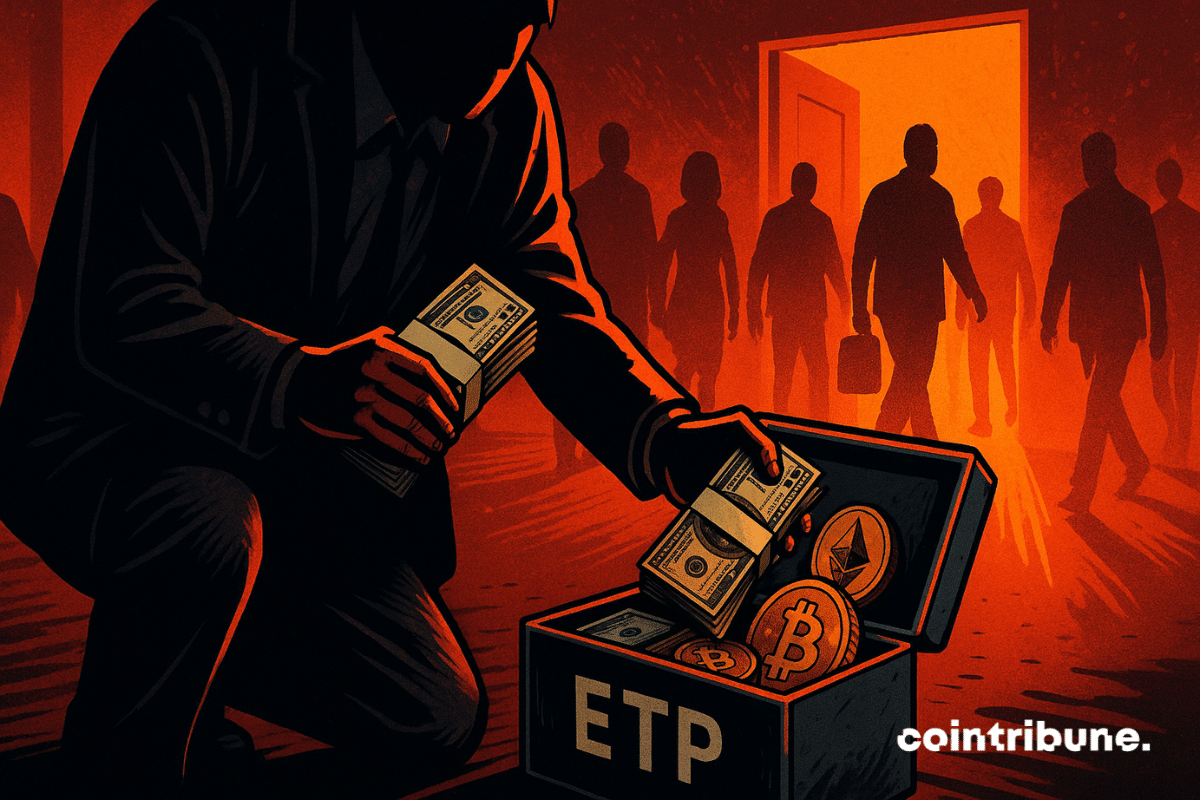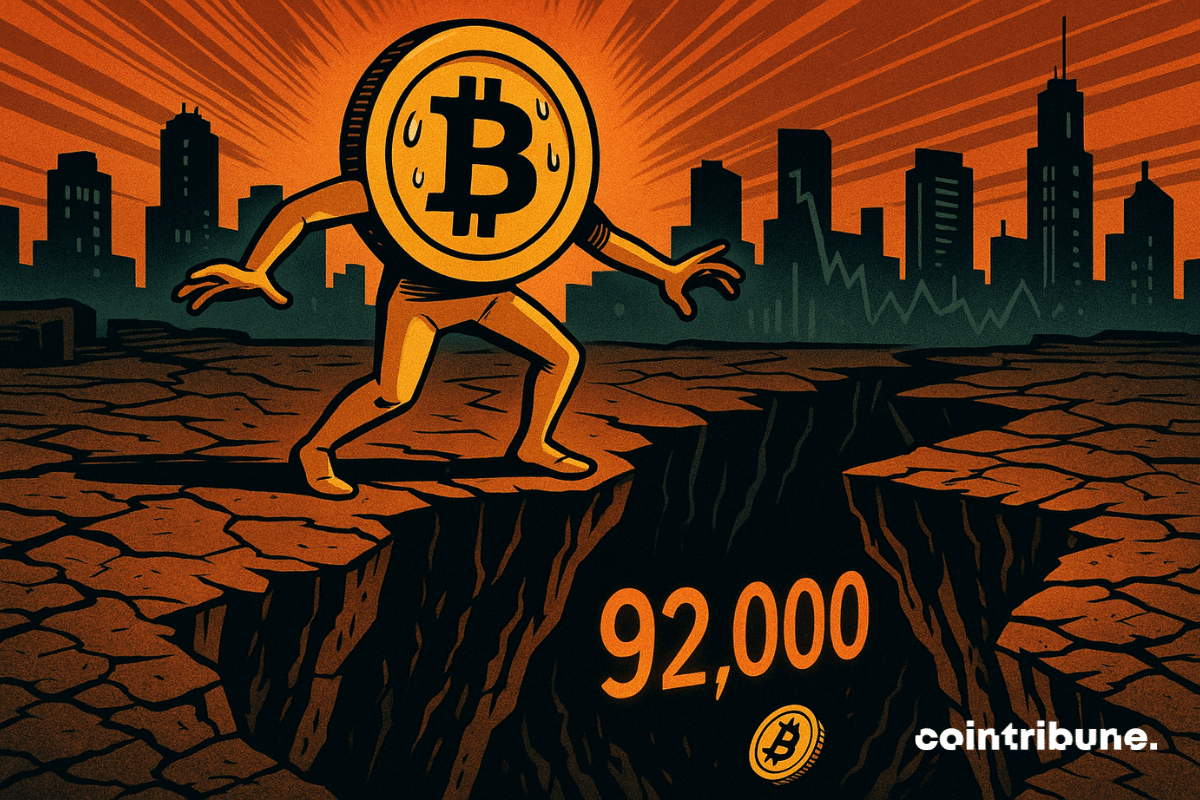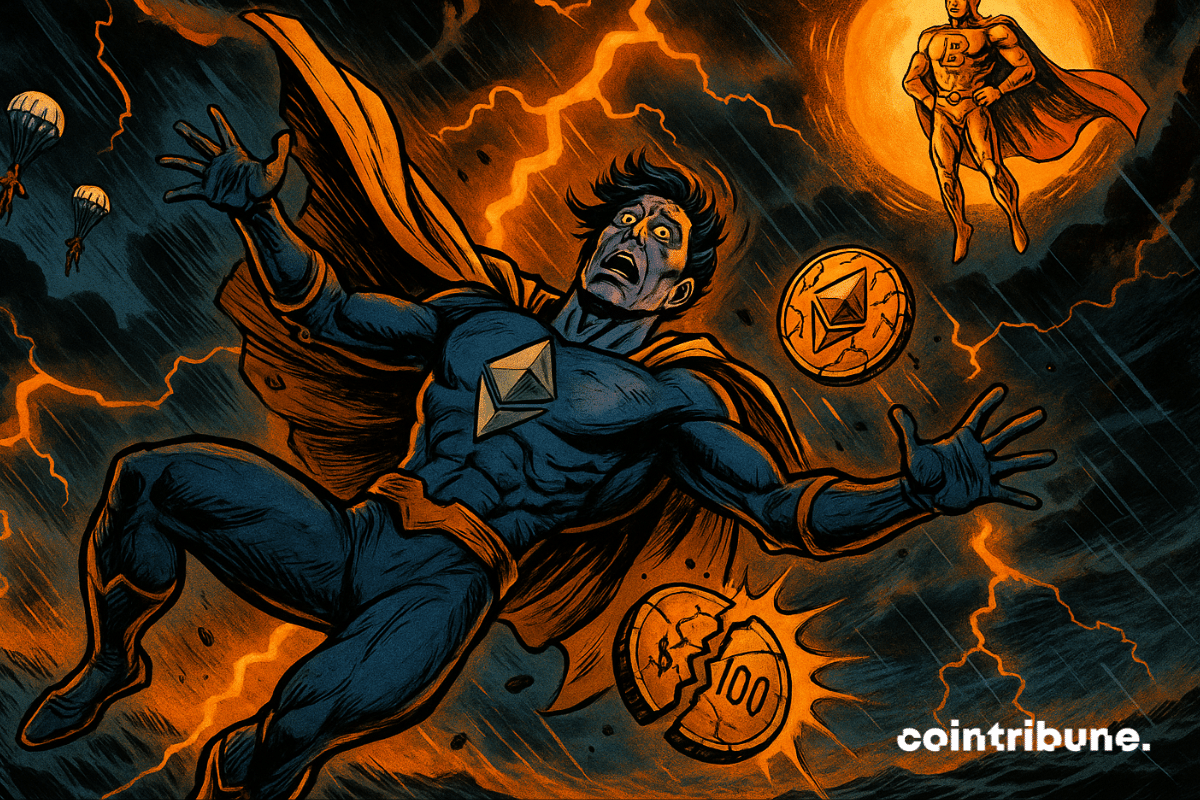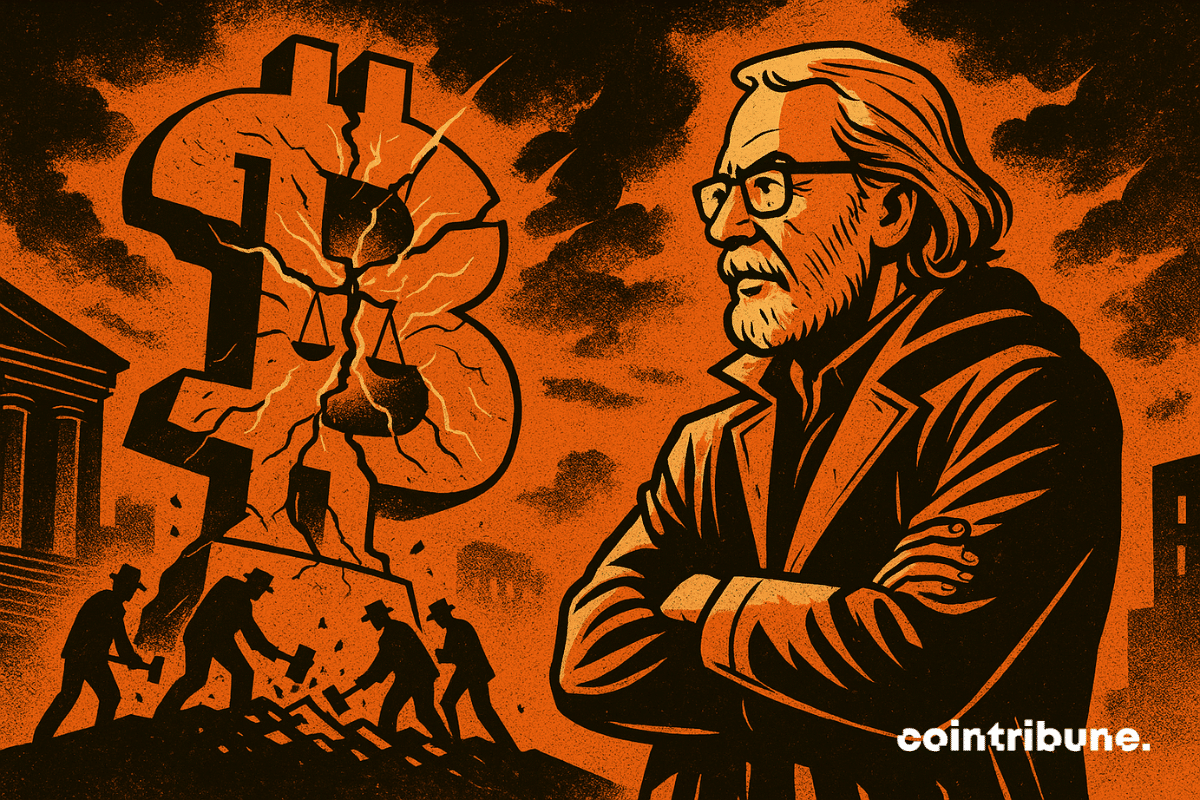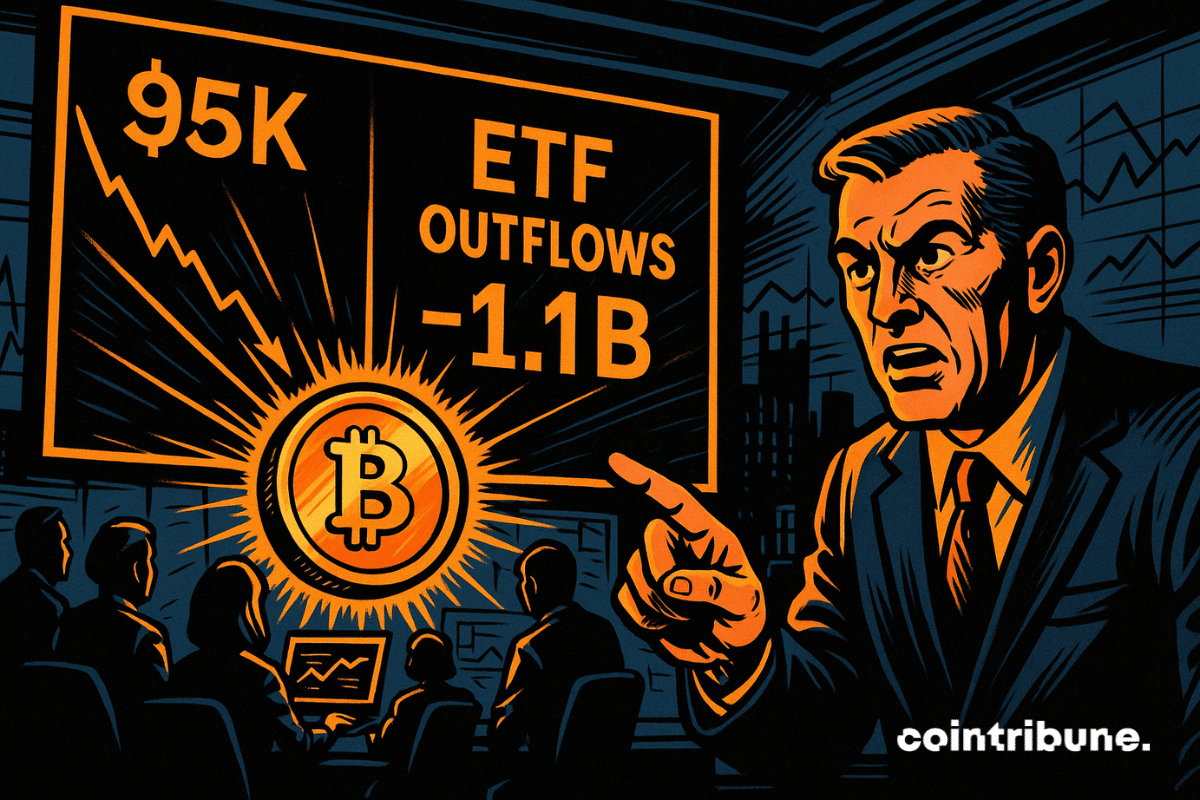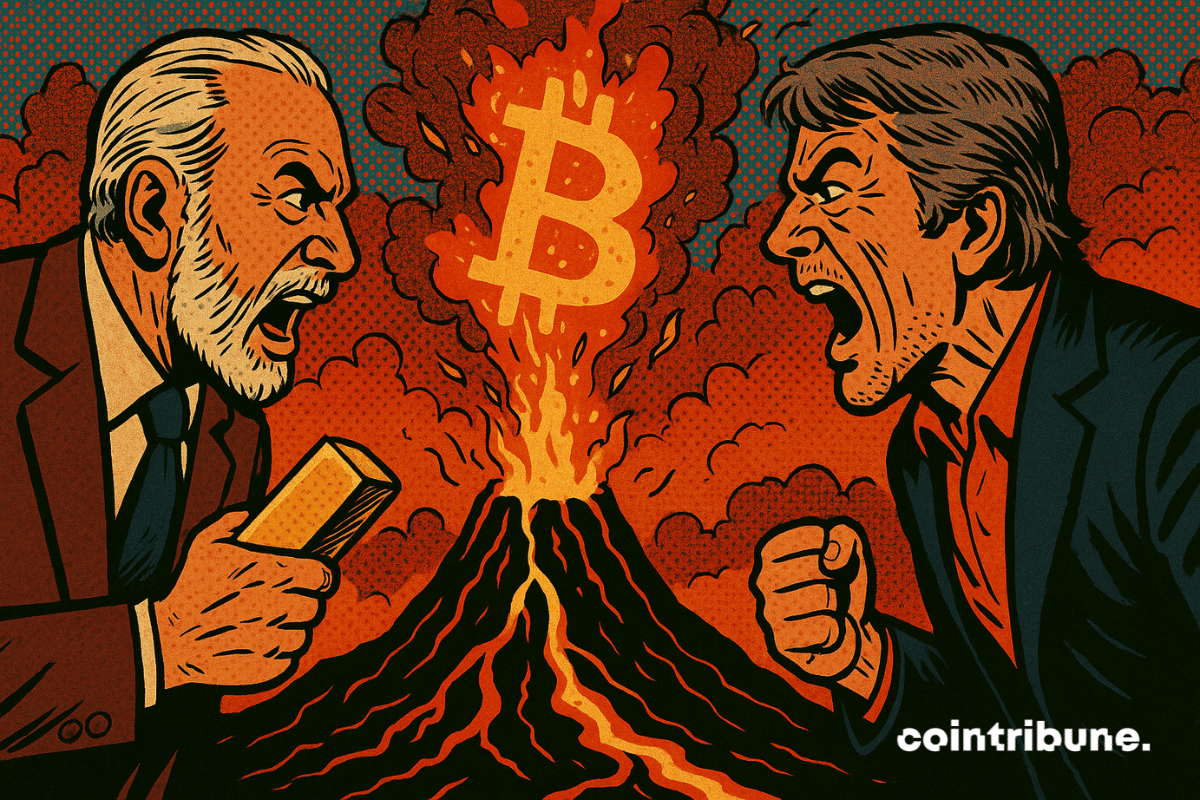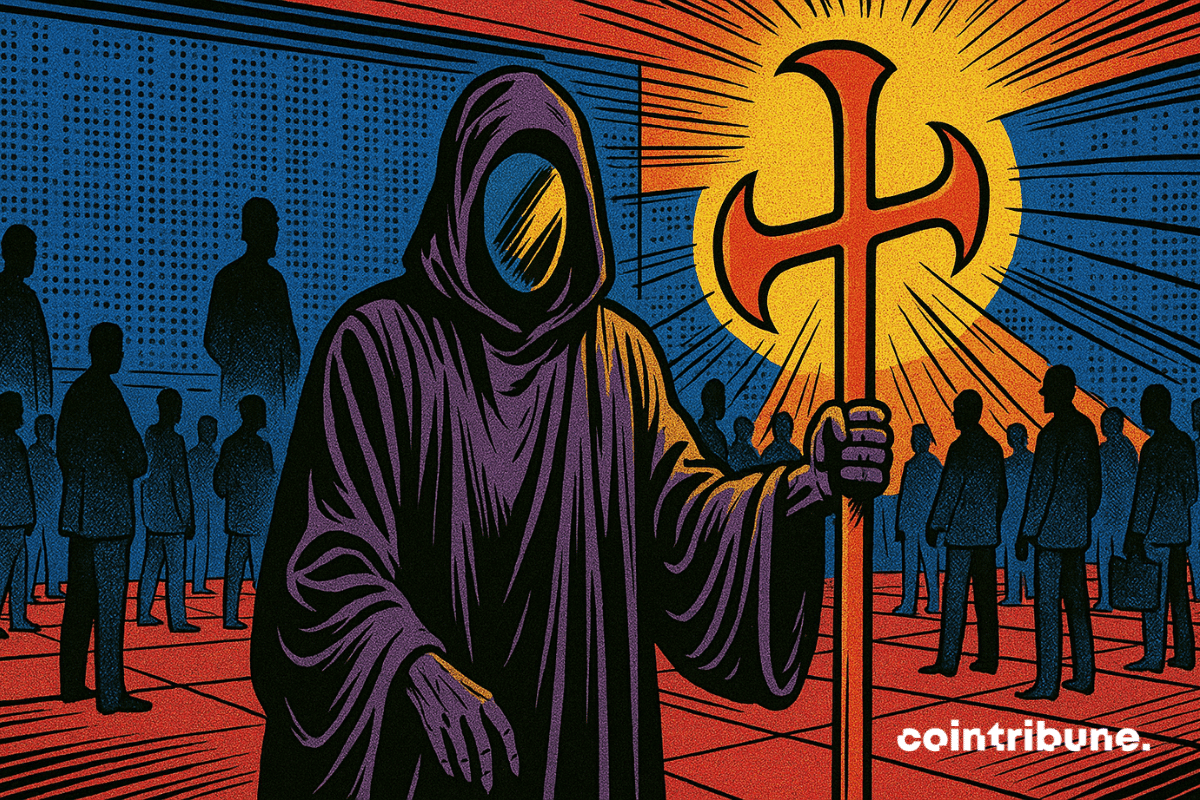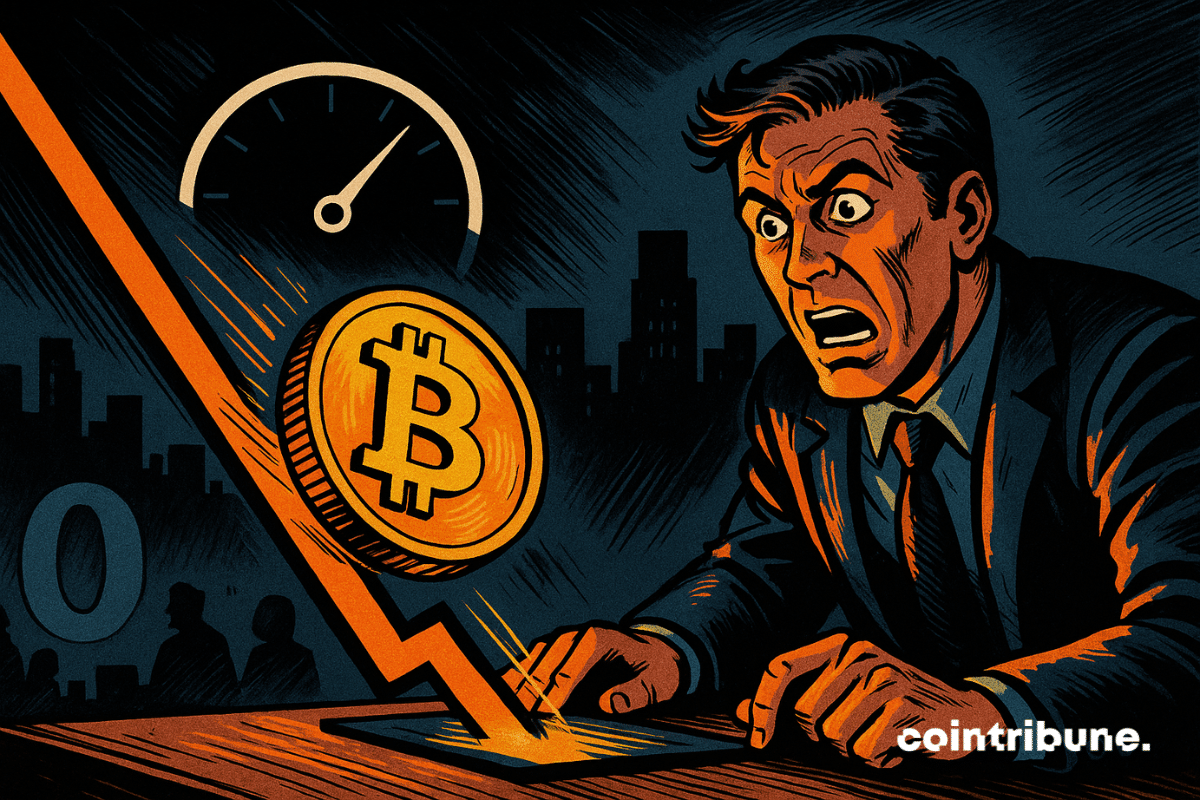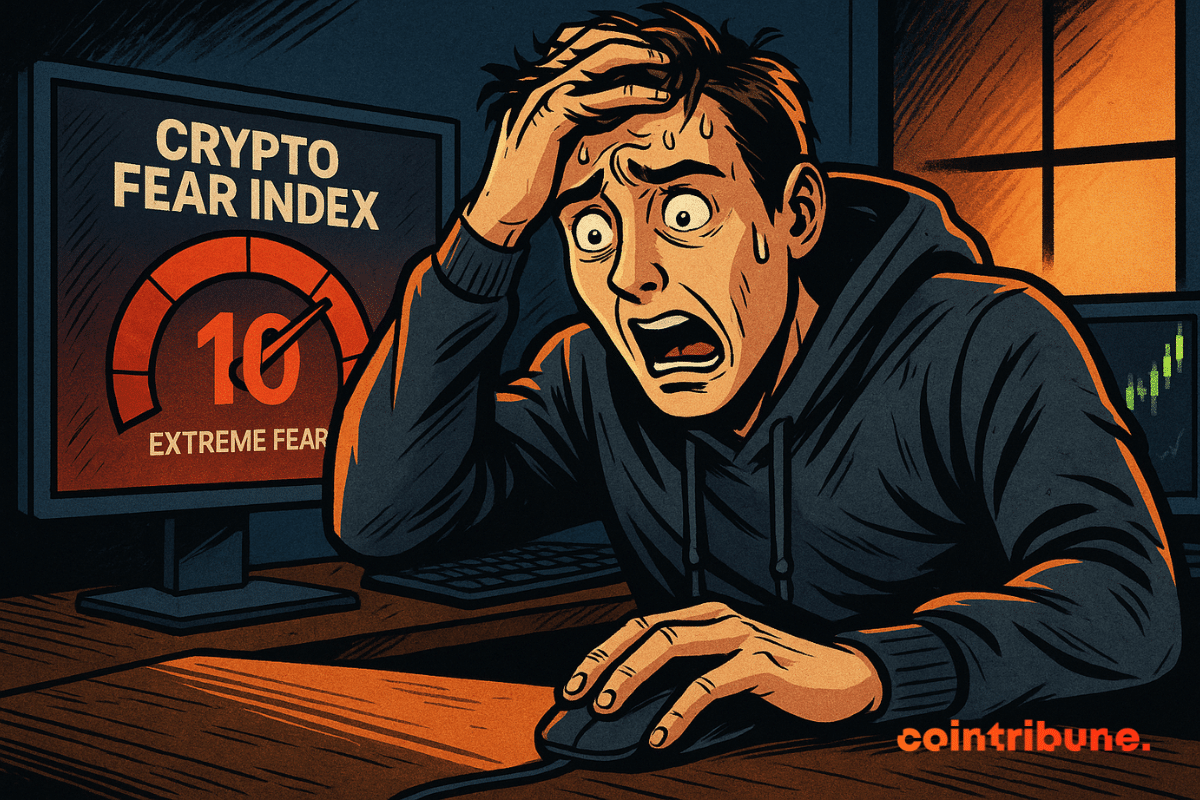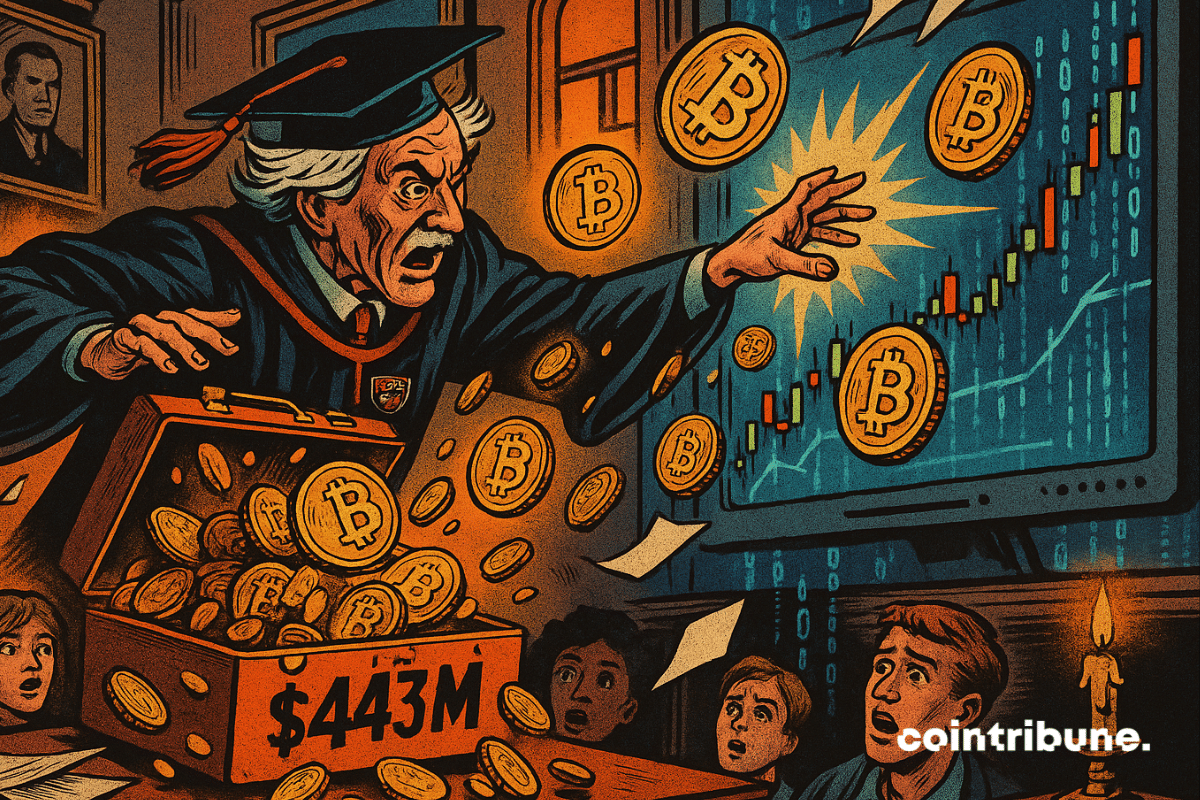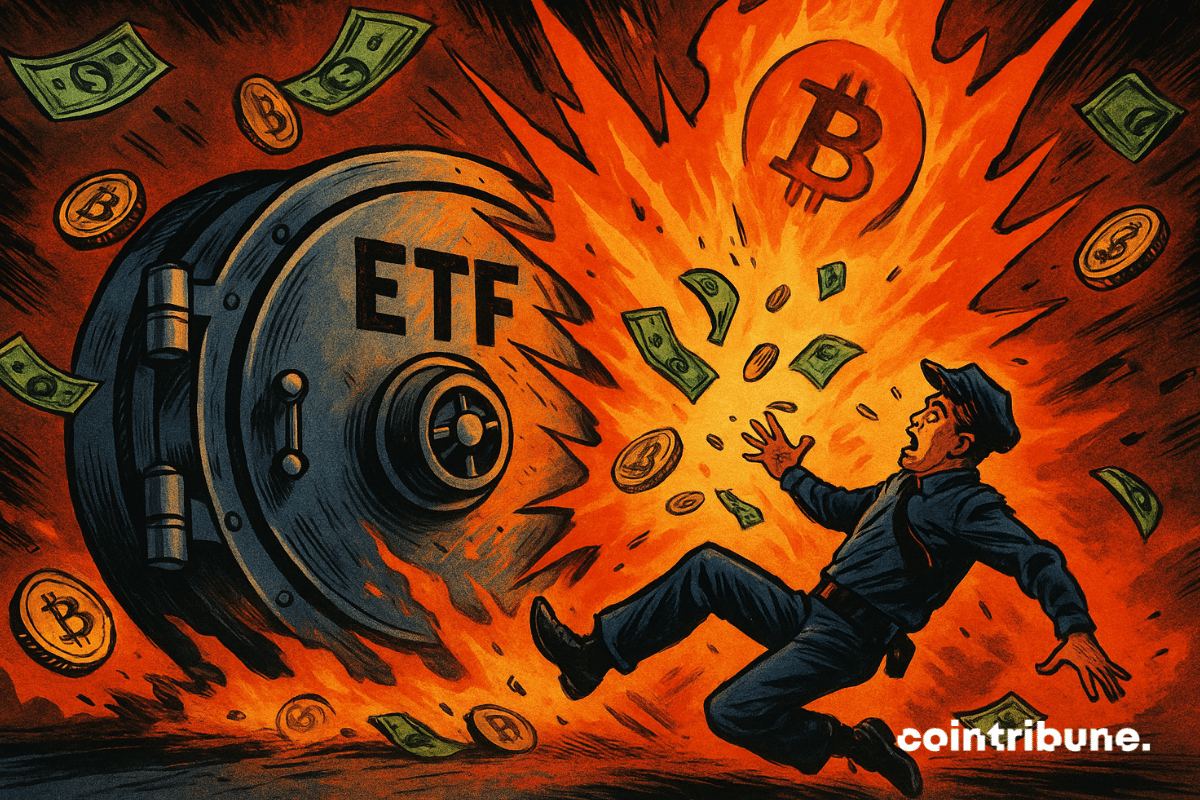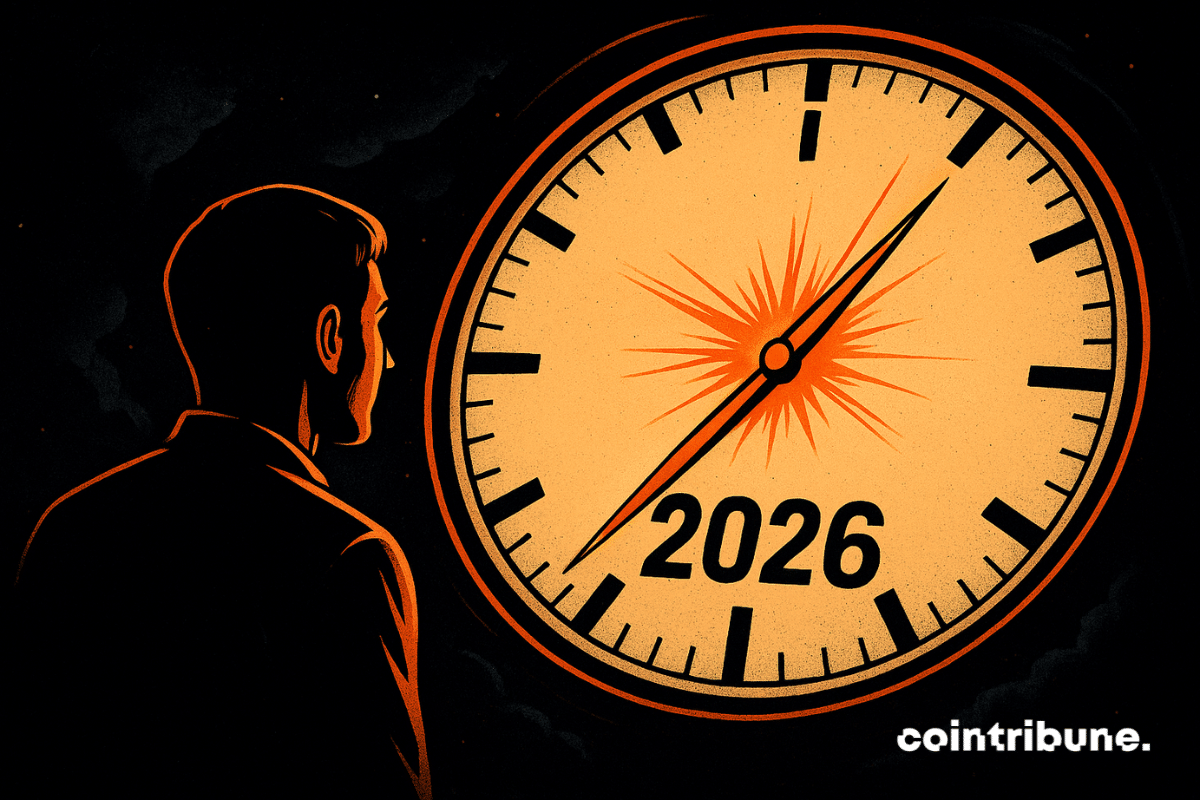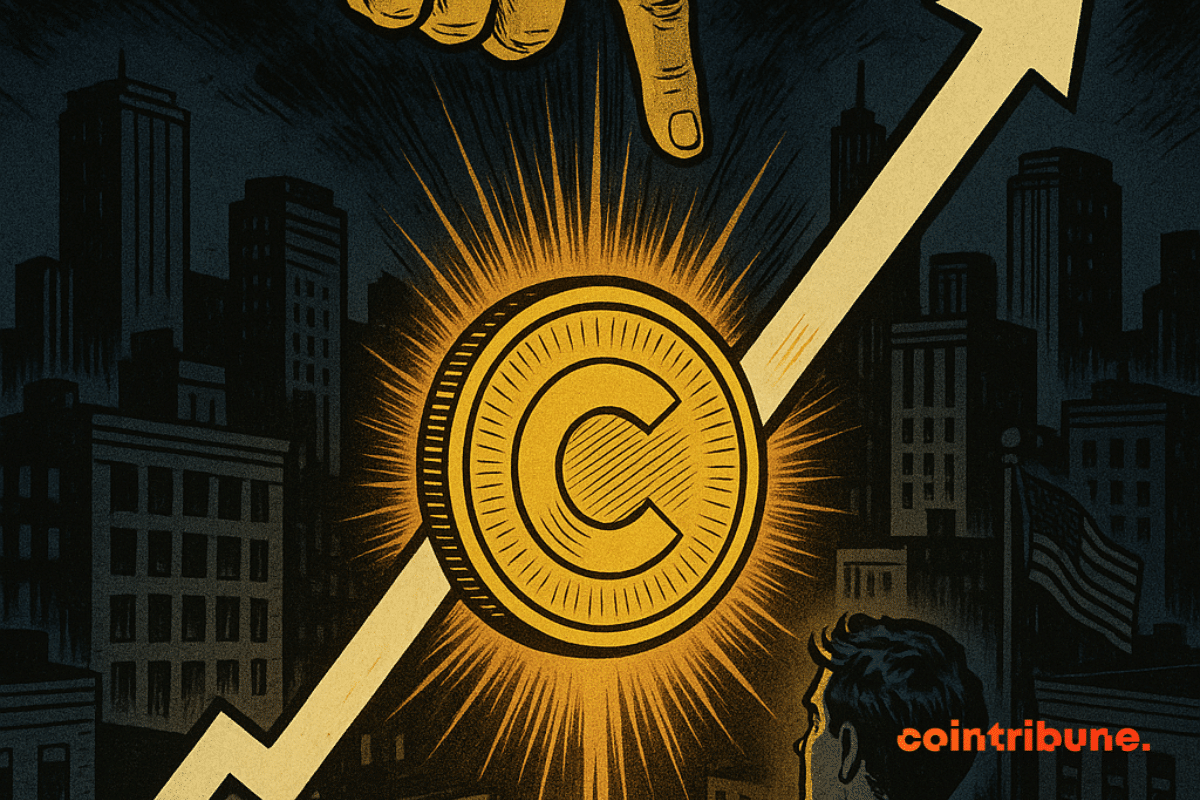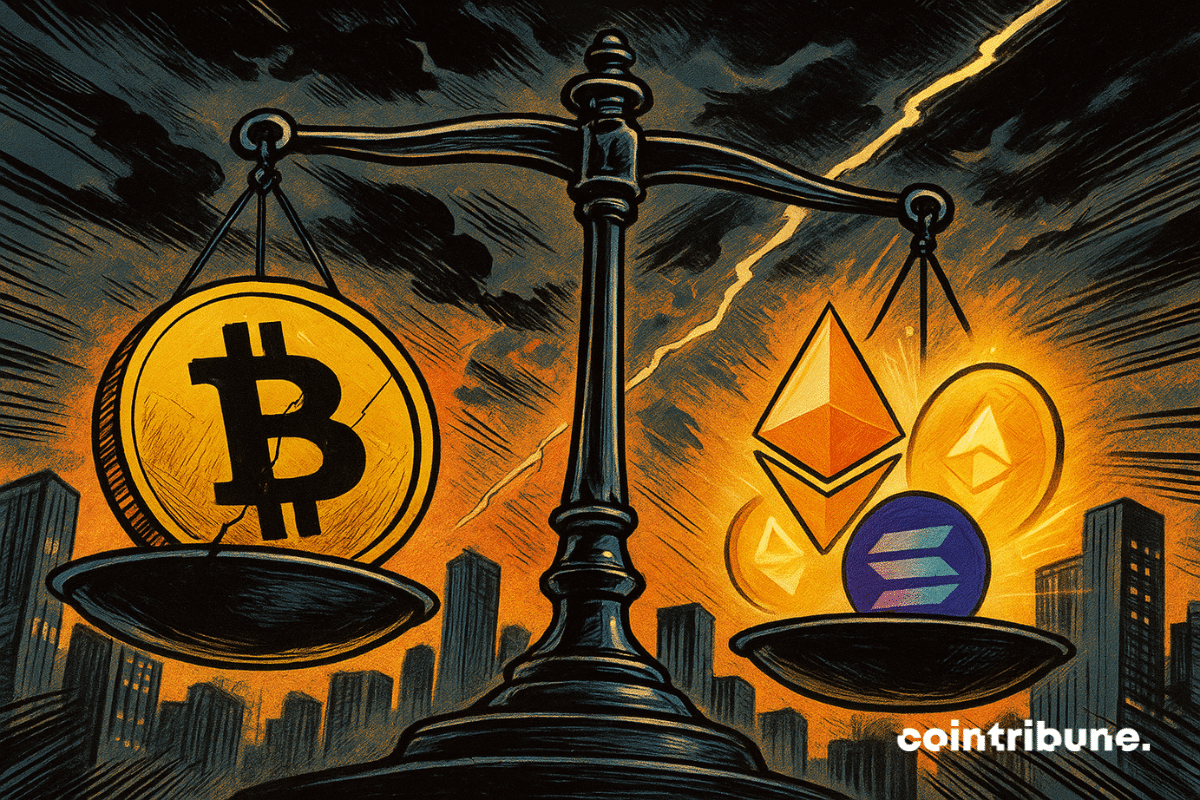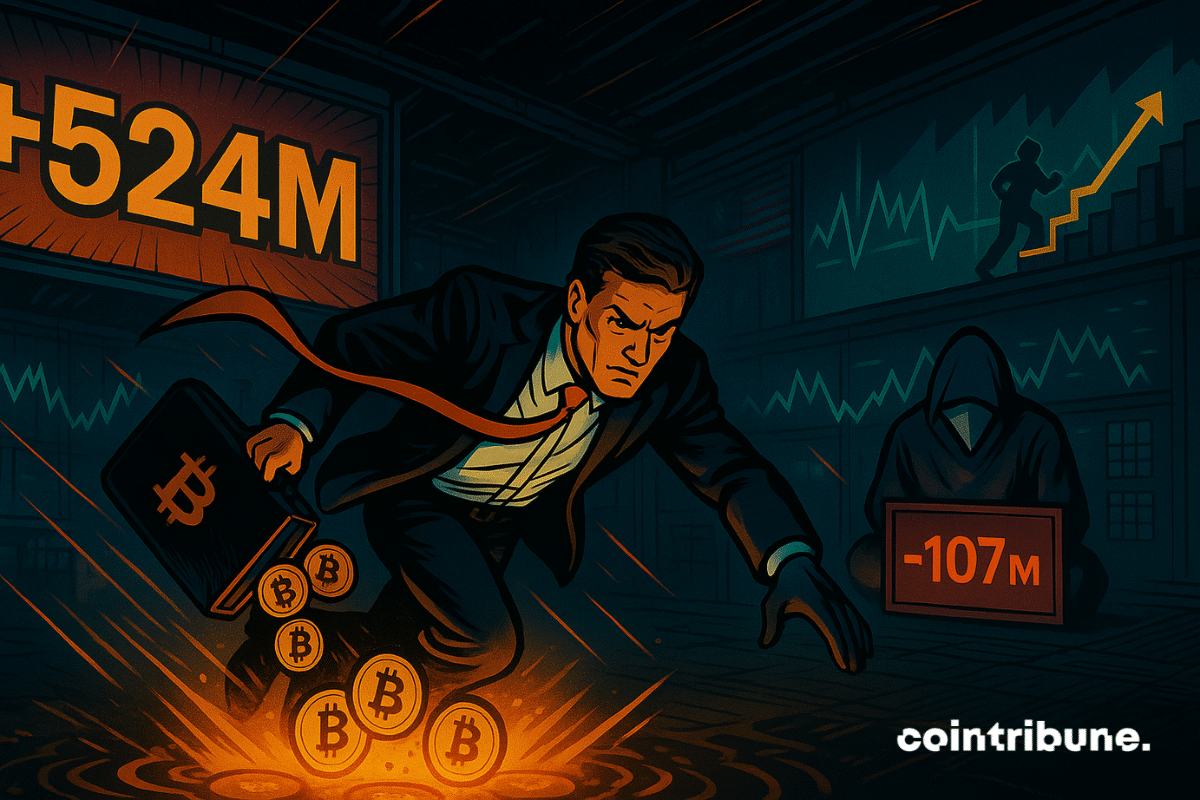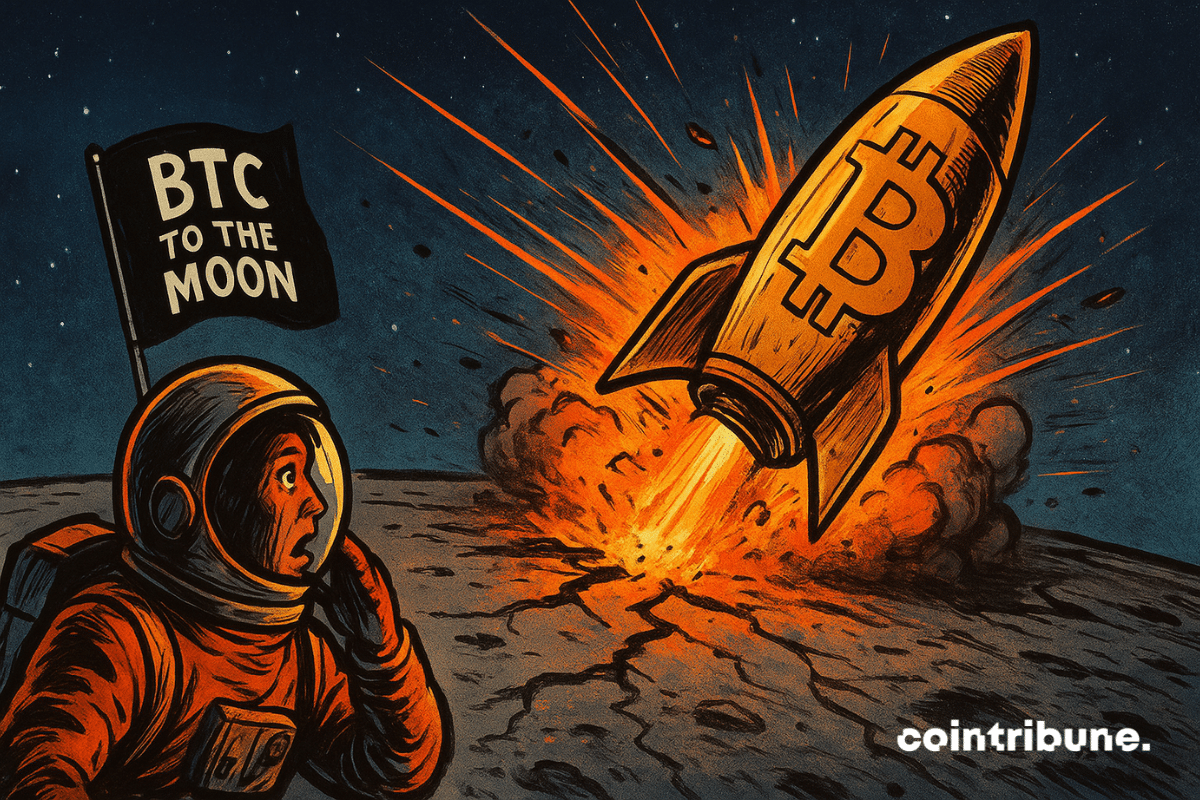While the shadow of the quantum computer looms over digital security, could bitcoin really waver? Faced with the hypothesis of a network made vulnerable by machines capable of breaking SHA 256, opinions diverge. Some anticipate an imminent threat, others temper their expectations. Among them, Adam Back, a figure of the cypherpunk movement and CEO of Blockstream, invites nuance. His reading, both technical and strategic, repositions the debate on concrete grounds, far from catastrophic scenarios, while posing the real questions about the future resilience of the protocol.
Theme Bitcoin (BTC)
A wave of panic is blowing over crypto ETPs. In the space of one week, over $2 billion has been withdrawn from these financial products, marking their largest outflow since February. This is a strong signal for an institutional market plagued by doubt, amid economic uncertainties and monetary tensions. As traditional markets waver, investors are reassessing their exposure to cryptos. This situation could mark a turning point in the strategy of major holders.
Bitcoin, in slide mode, flirts with the precipice of the CME Gap while whales do their shopping. Bounce to come or final plunge? Suspense guaranteed.
Ethereum faces steady ETF outflows, with investors viewing it as riskier than Bitcoin, signaling caution in the market.
Bitcoin facing the law: Nick Szabo reveals a worrying vulnerability that even developers underestimate. Details here!
U.S. Bitcoin ETFs faced another difficult week as steady capital outflows added strain to an already uneasy market. Investor caution increased as withdrawals accelerated, pushing Bitcoin further below the $100,000 mark and signaling a broader loss of confidence in digital assets.
The debate between gold and bitcoin takes a new turn. Peter Schiff accuses Michael Saylor of steering Strategy according to a "fraudulent" model based on promises of illusory returns. He proposes a public debate during Binance Blockchain Week in Dubai, in December. In a volatile market, this confrontation crystallizes tensions around the integration of bitcoin into business strategies.
As tension rises in the market, Bitcoin is about to cross a critical technical threshold: the "death cross." This signal, feared by traders, occurs at a pivotal moment, at the intersection of a 25% correction and an uncertain macroeconomic climate. While some see it as a classic bearish indicator, others recall it coincided with market lows. In this context, certainties waver, and each candlestick becomes a test for investor morale.
A sharp shift in sentiment has taken hold across digital assets after a week of sell-offs, weaker macro signals, and thinning liquidity. Markets now sit in a cautious posture, with fear climbing as large-cap tokens retreat toward multi-month lows.
Growing interest in digital assets is prompting investors to reassess which tokens deserve long-term attention. Recent shifts in sentiment around Solana, XRP, and other major networks reflect a market still trying to determine its next set of leaders.
What if the real economic threat was neither inflation nor rates, but a global liquidity collapse? This is the alert issued by Robert Kiyosaki, author of the bestseller Rich Dad, Poor Dad. In a series of messages on X, he claims that markets are wavering not because of fragile fundamentals, but because the world is severely lacking cash. A shortage that, according to him, could trigger a new wave of money printing with unpredictable consequences.
While the crypto market seeks a new balance, an analysis by Glassnode reveals a major strategic divergence: bitcoin holders hold, Ethereum holders mobilize. Beyond community rivalries, these data reveal two opposing visions of crypto value. One is based on reserve, the other on use. This behavioral gap, often neglected, could well redefine the power balance within a rapidly evolving ecosystem.
While crypto traders tremble at the thought of a crash, the charts whisper promises. Should you flee or buy? Breath-taking suspense in the token jungle.
Market pressure spiked on Friday as cryptocurrencies dropped sharply, pushing Bitcoin below $94,000 for the first time in six months. The slide stirred fresh concern across trading circles, where rumors spread that Michael Saylor’s firm, Strategy, was unloading part of its massive Bitcoin holdings. However, Saylor quickly stepped in to dismiss the claims, confirming that Strategy hadn’t sold any BTC and had actually increased its position during the week.
Harvard made major moves in its investment portfolio by sharply increasing its Bitcoin and gold ETF holdings.
The crypto market is wavering again, and the same question arises: has bitcoin finally hit rock bottom? While analysts are getting carried away and predictions are proliferating, the Santiment platform calls for caution. According to it, the real market bottoms never occur when everyone is expecting them. Behind collective optimism, it sees a formidable emotional trap, where overconfidence could precede a new downturn. What if the worst is not over yet?
The crypto market is going through a period of intense turbulence. While Bitcoin dangerously slips below the symbolic threshold of 100,000 dollars, gold and silver shine brightly. Investors are turning away from digital assets to seek refuge in commodities. But what explains such a turnaround?
U.S. spot Bitcoin ETFs saw over $860 million withdrawn on Thursday, marking the second-largest outflow ever and adding pressure on Bitcoin’s price.
Cash App is preparing one of its biggest updates yet as parent company Block sets a timeline to add stablecoin operations to the platform. New tools for both Bitcoin and digital dollar payments are being prepared for rollout, with early 2026 cited as the target window. Essentially, Block is pushing to expand access to digital payments while keeping Bitcoin at the center of its ecosystem.
A muted end to 2025 may be laying the groundwork for a stronger crypto breakout in 2026. Bitwise chief investment officer Matt Hougan says the absence of a late-year rally strengthens his view that next year will bring the next major upswing for digital assets.
The Czech National Bank has just reached an unprecedented milestone: the purchase of 1 million dollars in cryptos, including bitcoin. This is a first for a European central bank, at a time when many institutions remain cautious about cryptos. Behind this symbolic amount, it is a strong declaration of intent because the country wants to understand and test the future of finance. A discreet gesture, but one that could well announce a turning point in monetary policies in the era of these assets.
The king of cryptos gave up ground yesterday, slipping below the symbolic threshold of $100,000. Investors are fleeing risky assets in a context of liquidity tightening. This brutal correction raises the question: are we witnessing a simple technical pullback or the beginning of a prolonged bearish phase?
While precious metals regain ground and Washington avoids budget paralysis, the crypto ecosystem wavers. Investor sentiment collapses, reaching its lowest level since March. Indeed, alarming technical signals reveal a possible breaking point. In a climate of widespread distrust, the market seems to enter a critical phase where fear now dictates movements. This abrupt trend change raises questions about the solidity of the rebound eagerly awaited by industry players.
The restart of the US government reopens the way for crypto regulation and ETFs. A decisive turning point or just a stay of execution for the market?
Big corporate holders of Bitcoin are entering a more competitive phase as new entrants add crypto to their balance sheets. While activity remained steady in October, shifting buying patterns eroded the dominance of long-standing leaders, bringing greater attention to new corporate holders of Bitcoin and major altcoins.
Government report, Bitcoin reserve, political pressure: Taiwan could surprise the whole world. What the investigation reveals.
Morgan Stanley warns of a possible turning point in the crypto market. In a recent analysis, the bank mentions an end of cycle for Bitcoin and recommends investors to take their gains. In a context of persistent volatility, this signal from a major institution invites caution.
The end of the longest shutdown in US history could have marked a turning point for the crypto market. Unlike in 2019, the expected euphoria did not materialize. Bitcoin is retreating, investors are doubtful. Why doesn't this political restart trigger the hoped-for explosion in prices? Between regulatory paralysis, blurred economic signals, and political uncertainties, the market struggles to find new momentum. This complex situation weakens investors' expectations.
Bitcoin explodes in ETFs with $524M in 24h: simple rebound or massive return of institutions? Complete analysis here!
Uncertainty hovers over crypto markets as macroeconomic conditions slow down the usual November bullish momentum. Will bitcoin manage to maintain its reputation as the best performing month of the year?

